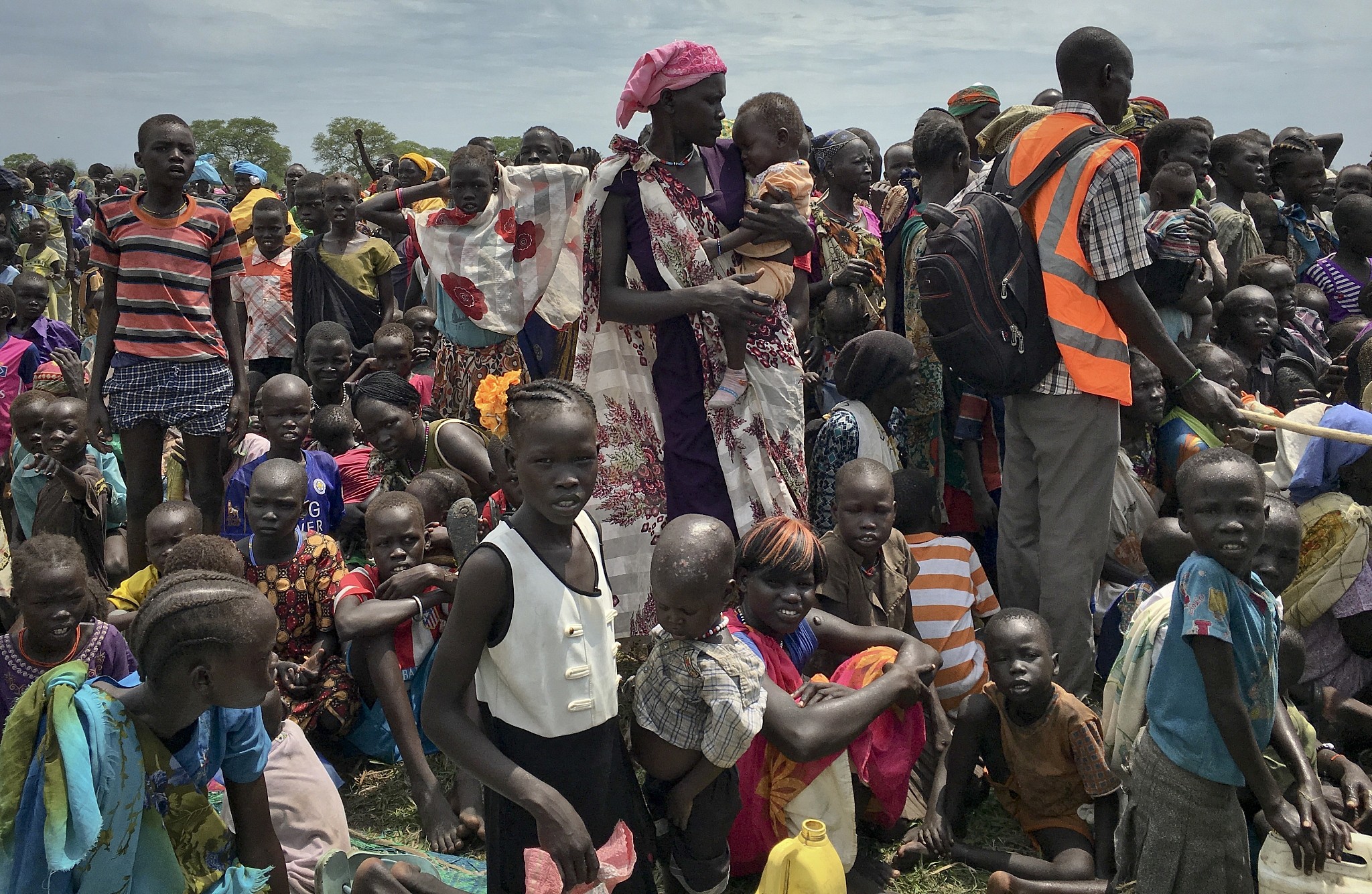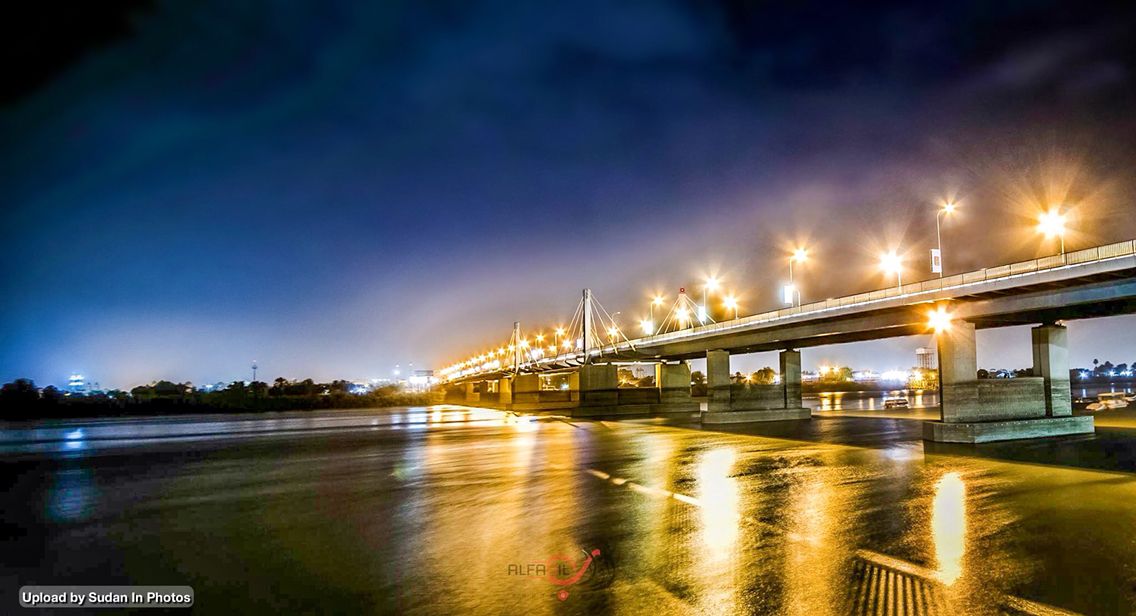
Case Studies!

Case 1
Keep in mind that prior to these case studies, many research and studies were conducted before by academicians, organisations, and individuals about the same problem and all of them reached the same conclusion. The poverty-stricken in the religions are links to the absence of functioning institutions such as schools, hospitals, trades, and so forth were attributed to the lack of rapid mobility from one region to another. The campaign to build the bridges in the most populated regions was a huge challenge because of lack of resources and lack of political will from the previous and present regimes which assumed the responsibility of running the whole country, but it is imperative that the challenge must be taken by the people themselves.
There is a say that the local people were reluctant to help the foreign invaders to build the roads because of the fears that they will be used as the paths for slavery. As you also know well the slavery is a cause of human endeavours and vice which has begun with the fighters being captured at war times then put into compulsory labouring. This was extended into the business of abducting children and vulnerable people while travelling or wandering alone or in a small group in the fields. Then it developed into organising highly armed raids against peaceful people under the pretext of containing troublemakers, who were not troublemakers at all or for the government work, military services, sex, or all kinds of excuses from the village to the village where captors would find it possible to do this. The state sponsors for these activities were mostly the culprit and the native were the victims. But since cessation became the reality, time has changed and the priority for the people have shifted from one thing to another. For instance, building bridges is the most urgent thing than short-term food relief.
Case 2

Case 3
There has been a long world-wide campaign on how to accurately identify the poverty-stricken population, pin down the causes of their poverty, and take customized measures for different people and households. But this campaign was not practically possible to be achieved because of lack of mobility in the regions. For that reason and other reasons as well, there the government of the country has not established a national poverty alleviation information system. There was no familiar norm for the procedures, the poverty-stricken population, and households to be registered and collected their data. There is no comprehensive list either of households for monitoring purposes by the public. Therefore, there is no simple mechanism for data comparison to verify and ensure the accuracy of any information. But there is sufficient information about the crises and the single causes of the crisis were all connected to the lack of mobility because of lack of bridge roads which resulted in the absence of trade between the people and dysfunctionality institutions.
We learned recently that 27 most economically advanced countries in the Western world have been borrowing money in the past twelve months against the future economic performance when normalcy returns. The ability of the people to be able to move freely can determined the economic performance. So, the economic impact of the universal lockdown was considerable. It is argued that the lockdown could cost more lives and damage the economics of the country than anticipated that is why all these countries have had to borrow money to keep the operations of their institutions afloat. For the same reasons today that the lack of mobility because of lockdown. There is no economic performance of any sort in Koo and other regions in Greater Upper Nile due to the lack of bridge roads in these regions. Once the bridges were built, the security and safety of the people will be improved, and everyone will be able to move from one place to another which is one of the basic requirements for the economy to perform.
Case 4

A list of the document contains notes were obtained regarding the Choice of Abutment, Choice of Bearings, Preliminary Design, Reinforced Concrete Decks, Prestressed Concrete Decks, Composite Decks, Steel Box Girders, Steel Truss Decks, Cable-Stayed Decks, Suspension Bridges, Drainage Systems, Choice of Foundations, Choice of Deck Joints, Choice of Parapet, Choice of Pier and Choice of Wing Wall. The details will varies once engineers are recruited or constructed to complete the design standards for the beam bridges.
Case 5

From the underdeveloped to the developed countries, more bridges builders are turning to hot-dip galvanized (HDG) reinforcing steel because of its proven durability during fabrication and installation, 100-year design life due to a robust coating, and superior life-cycle costs.
The very experienced engineers and road builders advised on a specified hot-dipped galvanizing for all steel components (beams, rebar, and cables) for anyone who wishes to construct a beautiful bridge in tough environments. The only questions are how you are going to pay for it, and what is the economic cost in carrying out such a project as this? The experts also suggest a monolithic and continuous deck, without joints, from one abutment to the next. This was recommended in view of reducing maintenance costs of the structure and ensuring greater durability. Galvanized reinforcing steel was used for all elements to significantly extend the life of the structure at a very low cost. This decision was especially important for the arches, where any future repairs would be very complex due to the nature of the deck support elements.
Case 6
Case 7
There have been considerable researches on bridge design, assessment, monitoring, and management by various bodies who studied safety, maintenance, management, and life extension. Their finding has been presented and discussed at many local and international forums.
Even though a number of case studies and analyses that were felt to be sufficient to justify the conclusion reached as follows:
-
The backing layers to the arch were actually found to be mass concrete and therefore vertically self-supporting.
-
The calibration of the FE model against observations indicated that the model was conservative, predicting greater cracking under existing loads than was seen on site. This conservatism was acceptable since the purpose of the analysis was to demonstrate adequacy under RA8 loading rather than determine a maximum load capacity.
-
The load spreading benefit of the reinforced concrete slab track was ignored.
-
A third-party check using discrete element modelling corroborated the results and reached similar conclusions.
-
Platform use is limited to very low-speed passenger trains (significantly below RA8) because Glasgow Central is a terminus station.
-
Monitoring of the vaulted arches under rail loading was also undertaken to further validate the findings of the assessment.
When the time comes we will ask our engineers, designers, and architects to carry out their own studies before commencing the construction. But one thing is certain, the ‘Beam | open bridge” is the choice.
General geotechnical and soil-structure interaction capabilities include:
-
Construction sequence modelling – involving excavation/construction with insertion and removal of temporary members used for propping and jacking, etc.
Case 8

Case Studies!

Case Studies
Case 8



WHY the (American – European) foreign agencies spent hundreds of millions of US dollars in Bahr el Ghazal (e.g., Gongrial Project funded by the European Union (EU) and in Greater Equatoria e.g., over $200m USD spent on road project from Juba to Uganda funded by the USAID and over $100m USD spent on the Juba bridge funded by the Japanese and not a single project was funded by all those donors anywhere in Greater Upper Nile? If all these donors were, to be honest, if everybody were, to be honest, then they would know that the liberation war that caused more than 2 million lives and countless damaged and destructions of properties and wildlife was fought and confined only to the Greater Upper Nile for the first fifteen years before it spread to other areas beyond Greater Upper Nile. The war was confined and concentrated in Greater Upper Nile for several reasons, chief of which is the sheer fact that all the multinational oil companies and the Jonglei Canal companies were all operated in the Nuer mainland in Greater Upper Nile. The governments under President Nimeiry (1969-1985, then Swar al-Dahab (1985-1986), then Ahmed al-Mirghani, then the elected Prime Minister Sadiq al Mahdi (1986-1989) then-President Bashir (1989-2020) – all governments under the leadership of these guys had tried their best to defeat the rebels in the name of protecting the civilian population, the national interest, the Chevron oil exploration, Jonglei Canal companies, and multinational companies’ operations. The rebels came from the Eastern Nuer border with Ethiopia where they had their military training in Beilfam, outskirt of Itang, Bonga, Gora, Mato, Jimma, Malta, Agora, and outside of military garrison in the second biggest city in Ethiopia, Jima and the government troops operations concentrated in the regions near the said border to prevent the influx of the rebels coming into the Sudan territory. For the rebels, it was militarily strategic and different reasons mainly because those over 30,000 rebels who fought the government troops were mainly Nuer. Even though their leadership was not Nuer. They concentrated their operations in Greater Upper Nile because they relied on the Nuer population for feeding and other supports. The rebel’s operations forced the Jonglei Canal which was controversial from the start to the end because it was a canal project that started to divert water through the vast Sudd wetlands of South Sudan so as to deliver more water downstream to most dried land in North Sudan then up to Egypt for use in agriculture, then, Chevron, and other multinationals companies to ground their operations to a halt which had a severe consequence for the regions’ economics and governments. The rebels also hoped to advance their operations toward the North: to reach Kosti, Mandani, Khartoum, and so forth which they never did, for the simple fact that the governments outsourced the rebels as their resources were no match to the rebel’s resources. So, 80% of the war casualties included those over 2 million lives who were lost in the first fifteen years of the civil war were Nuer. If you were to doubt the credibility and the evidence of this testimonial, then, you do not even need the skilled archaeological surveys and highly selective excavation to find evidence for those who fought and were killed in this war. The evidence tells you that Southern Sudan was decentralized into three regions, namely, Greater Equatoria, Bahr el Ghazal, and Greater Upper Nile. Apart from the Greater Upper Nile, which we all know have paid heavy pride because of the civil war that was fought and confined in their regions. Did you name a single border’s post, district, town, or city in either Equatoria or Bhar el Ghazal which was attacked multiples times and captured by the rebels and then recaptured by the government troops or exchanged hands between the rebels and the governments’ troops in the first fifteen years of the civil war? Just named one place that had severely suffered the consequences of the civil war more than any place in Greater Upper Nile? If you do not challenge this evidence, then you will not challenge the fact that the first income that sustained the governments is the oil revenue which also comes from Nuer land – Unity State and other places in Greater Upper Nile. So, why fifteen years after cessation there is not a single school, hospital, business, or institution functioning in Greater Upper Nile? And why would you not fund the road and bridge projects which connected the Western Bank and Eastern Bank of River Nile and opened a corridor toward Ethiopia and North Sudan as you did to Uganda? Even though Museveni had never involved and helped in the liberation of the South, they caused so much damage to the population of the regions by interfered in their internal affairs after the independence. This hinders any sort of reparation to the people who severed the liberation wars or any sort of development in the regions. Southerners are no longer enemy to the Northerners after the gain their independence in the same way the whole Sudan was mobilised against Anglo-Egyptian rule but after Sudan gained its independence the first country it start to make business were its former colonials because they were no longer enemy to Egypt nor to British as long as they do business on equal term.









